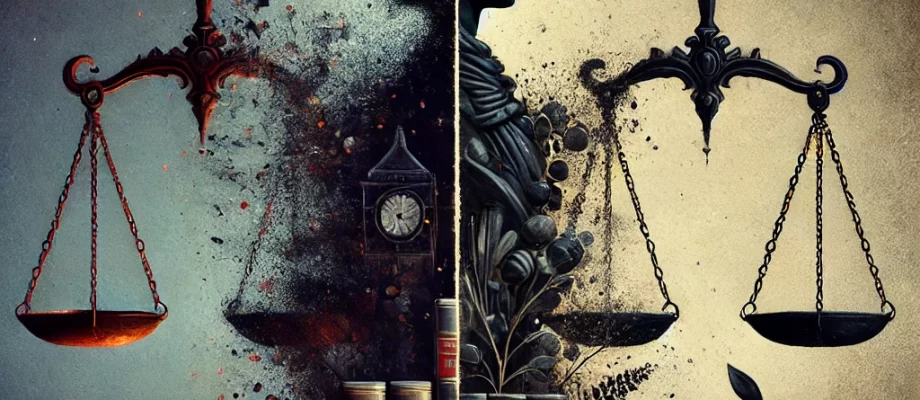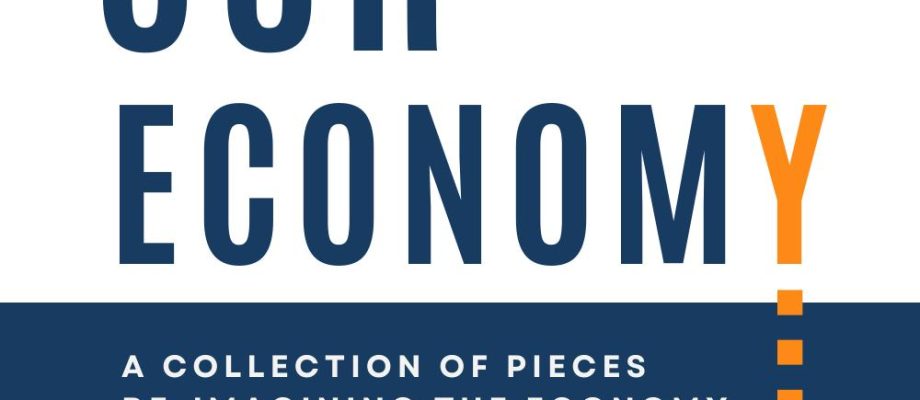By Tom Perrett
Earlier this year, author L.L. McKinney started the Twitter hashtag #PublishingPaidMe, calling for authors to share the advances they had received for their books. The results revealed that Black authors with well-established fanbases still found it difficult to secure advances, as Jesmyn Ward, for example, the first woman ever to win 2 National Book Awards for fiction, stated that she had to “wrestle” her way to a $100,000 advance even after having won the awards.
Publishers typically only offer authors high advances when they are convinced that the book will sell, as according to Constance Grady, authors typically receive royalties of approximately 10% of book sales. The amount an author gets in advances is determined by a subjective judgement on how well the book is expected to sell, according to profit and loss calculations. But this is filtered through a lens of each editor’s biases, reflecting the tastes of the management sector and upper echelons of the publishing industry. These financial and commercial barriers to entry are particularly punishing in the United States; low salaries of around $30,000 are combined with requirements for publishers to live in places such as New York City or Los Angeles, with astronomical living costs. As a result, those who typically work in publishing are those with alternative sources of income, or rich families, and these are the people determining which voices are heard, and which are excluded.
The monopolistic nature of the publishing industry means that, in the absence of genuine predictive data for the projected success of a book, publishers have nothing but precedent and the word of editors on which to base their judgements, meaning that books are likely to be selected on how well they can appeal to a white, middle class target demographic, and which books cover genres that are already popular.
To rectify this problem, it has been suggested that the commissioning, editorial and managerial positions which are overwhelmingly occupied by privately educated people are occupied by groups not traditionally represented in publishing, allowing the decisions about which books are marketed and which authors receive advances to be made by a diverse and representative body. This may also help to broaden the scope of the subjects that emerging authors can write about, as at present, the need to appeal to the aforementioned demographics creates a lack of interest in authentic stories, with writers encouraged to appeal to the preconceptions of a voyeuristic audience.
But it is not only at the most senior levels within publishing that these disparities exist; it is at lower organisational levels that substantive change must take place. Publishing is intimately connected with sales and marketing professions, who bear much of the responsibility for the promotion of new books. The BWG (Black Writers Guild) have cited the representation of Black professionals in these areas as an important element in improving the presence of Black voices in publishing, but this applies to the industry more generally. Within retail, book purchasing remains a centralised, monopolised affair, as an increasingly small number of firms wield an increasingly disproportionate amount of market share, encouraging the purchase of a limited range of books by authors who already have a reputation for lucrative sales. When combined with the white and middle-class demographic that publishing appeals to, it is unsurprising that the monopsony control over the book distribution market by a few firms is such a significant contributor towards the disparities within publishing.
This is not only a result of the demographic of the sales and marketing professions, but the underlying dynamics that drive the accumulation of Capital and the preclusion of high street retailers and smaller, regional establishments from being able to command large audiences, or justify paying high advances. Action, therefore, may have to be taken at the State level, as part of a broader initiative to widen participation in the arts and culture more generally, breaking up the monopsony of major buyers such as Amazon, and opening up markets to smaller, more independent retailers.
Bibliography
de León, C. & Harris, E. A. (2020) ‘#PublishingPaidMe and a day of Action Reveal an Industry Reckoning’, The New York Times, 8 June. Available at: https://www.nytimes.com/2020/06/08/books/publishingpaidme-publishing-day-of-action.html (Accessed: 21 July 2020).
Grady, C. (2020) ‘Black authors are on all the bestseller lists right now. But publishing doesn’t pay them enough.’, Vox, 17 June. Available at: https://www.vox.com/culture/2020/6/17/21285316/publishing-paid-me-diversity-black-authors-systemic-bias (Accessed: 21 July 2020).
Lee and Low Books. (2020) ‘Where is the diversity in publishing? The 2019 diversity baseline survey results.’, Lee & Low Books, 28 January. Available at: https://blog.leeandlow.com/2020/01/28/2019diversitybaselinesurvey/ (Accessed: 21 July 2020).
Rowe, A. (2020) ‘Diversity in Publishing Hasn’t Improved in the Past 4 Years’, Forbes, 31 January. Available at: https://www.forbes.com/sites/adamrowe1/2020/01/31/diversity-in-publishing-hasnt-improved-in-the-past-4-years/#73f9c67f5c41 (Accessed: 21 July 2020).
Saha, A. & van Lente, S. (2020) Re:Thinking ‘Diversity’ in Publishing. Available at: https://www.spreadtheword.org.uk/projects/rethinking-diversity/ (Accessed: 21 July 2020).








